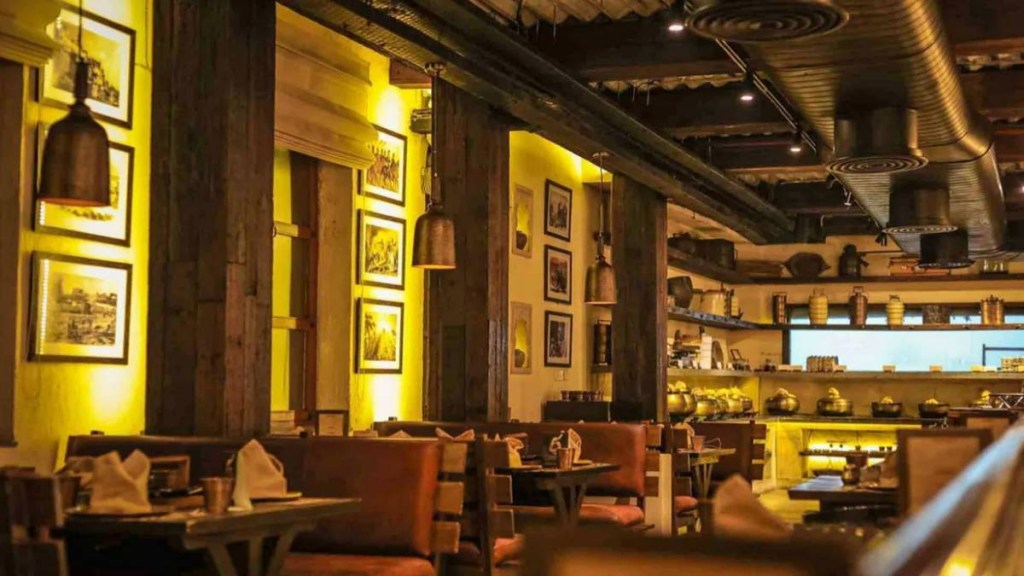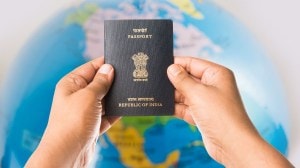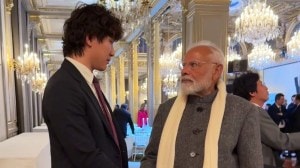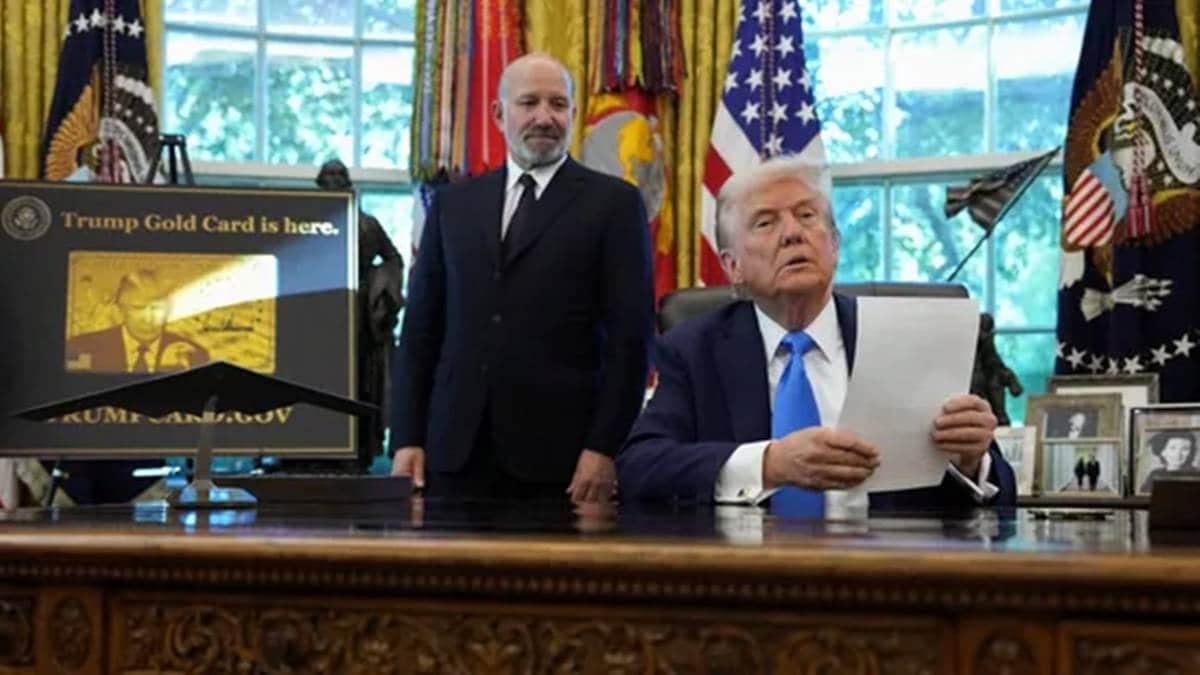I recently visited The G.T Road at the Connaught Place in New Delhi with my friends for dinner. As they started serving us from their barbeque menu, I was intrigued to know about the dishes and I requested to meet the Chef. While the Chef was busy managing the kitchen on a busy day, I happened to meet the founder of Bright Hospitality Group, Ranjan Sethi, who immediately came to my table to address my queries. While talking to him, I got to know that he is the owner of four popular restaurants in Delhi – The G.T Road, Ikk Punjab, OMO, and AM.PM, and that made me wonder how he is managing these top eating establishments. Here’s an exclusive interview with Rajan Sethi on how the F&B industry has evolved over the years, challenges he faced while opening the restaurants, economy behind running food business, and more. Excerpts from the interview:
When and how did you start your food journey?
Fifteen years ago, we penned an audacious vision – ‘To herald a revolution in the hospitality industry’. In an industry where cutting corners and functionalism were the norms, we went overboard in creating experiential zones that our guests would cherish and remember. Our philosophy of ‘Athithi Devo Bhava’ ensured the entire organization was geared to delivering memorable experiences. India has a colourful geography, a rich history, and evergreen value systems. This land has been shaped by emperors, kings, queens, generals, sages, and merchants over the years. India’s rich narrative is often lost in the sands of time. We decided to celebrate and leverage the history and geography of India in each of our brands – The G.T Road, Ikk Punjab, OMO, and AM.PM. Each one of them is inspired by the history, geography, heritage, and cultural codes of India.
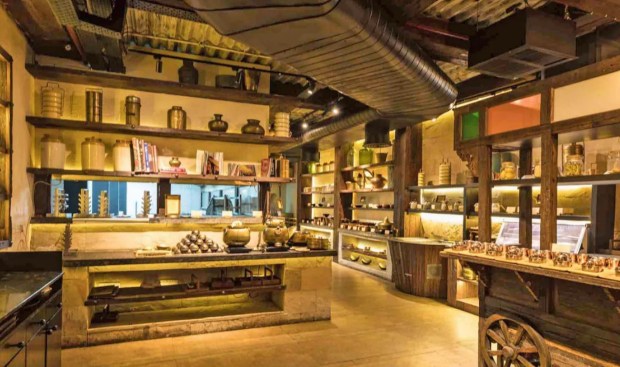
We don’t see ourselves as a food and beverages company but as the ‘custodians of the heritage, culture, traditions of India’ and we express it through the medium of food and beverages. It is a big responsibility that fuels our passion to create masterpieces that enrich the soul, not eateries that fill the belly.
When and how did you realize your love for food?
Being born in a Punjabi family, food was part of everyday conversations. Grandma, my father’s mother, was an encyclopedia on plants, herbs, spices, and cuisines. Despite her age, her passion to cook and feed drove her to the kitchen where she held sway. She didn’t have a formal education but her instructions would put master chefs to shame. She passed on her culinary skills to my mother. Thankfully my mother kept detailed diaries which continue to be the revered bible of our company.
During my college days in India and Australia, I loved biking with my friends. I had a gluttonous appetite so eating at quaint eateries and shacks was a hobby, but also made me appreciate the variety the world has to offer. While I did not maintain a journal or diary, I took pics of whatever looked interesting. Even today my wife and I either ride or drive off to new places to explore the cuisines of the land and we come back humbled but wiser. We come back and share our experiences with our teams or we bring back local ingredients to replicate the experience. So what began as a core passion became a profession over the years.
From then to now, how has the industry changed?
Food is the mainstay of human existence and there was a great cook in every home called Mother. As people began travelling, taverns, inns, restaurants, bars, and café sprung up across the world. The biggest revolution in the industry has happened thanks to technology and the transfer of knowledge.
When the pandemic ravaged the country, the hospitality industry was in the doldrums as footfalls disappeared overnight. As uncertainty prevailed, more than 50% of F&B operators shut their shops for good. The 1st half of 2022 was sluggish however the 2nd half of 2022 saw consumers stepping out of their homes. As the spectre of the pandemic receded, the era of fear slowly gave way to an era of courage. Today we see young entrepreneurs venturing in with new concepts not just in the metros but in tier 2 cities as well. Consumers today are exposed to a wide variety of eating options thanks to their travels, binging of OTT content and Instagram becoming the most popular sharing handle. The new concepts range from vegan cafés, bespoke bars, new-age fusion foods, ingredient-first restaurants, health-wellness foods, sugar-free desserts, regional cuisines, royal kitchen cuisines, and revisiting old recipes that have been forgotten over time. Many celebrities have started their chain of signature restaurants.
The future belongs to the brave but a word of caution though…while the F&B world looks extremely exciting, the glamour of the front end is only 25% of the job. The future belongs to those who can manage the backend of the restaurant which is the logistics, cash-flow, inventory, talent management, etc. The ones who survived the pandemic were the prudent ones who brilliantly managed the dirty backend of the business.
2023-2025 will see a brave new generation create new spaces across the country and this soft power could make India the culinary capital of Asia.
What is your go-to food type?
Though I relish different foods across the world, my favourite cuisine is Indian. Since the beginning of time, Indian women have expressed their love and affection through the food they cook. Everyone would testify that Mother’s home-cooked food is beyond comparison.
While the food cooked by professionals is delicious, the food cooked with passion is far more memorable. Nothing comes close to the aromas, flavours, colours, textures, and diversity of Indian foods. One lifetime is insufficient to do justice to the spread of food across the Indian subcontinent. While I proudly say that I’ve multiple theme restaurants, Indian food is the heart of my business.
How do you ensure that you match the taste of people from across India? You have several outlets.
When young people come to me saying ‘Food is my passion and I love to cook’, I tell them to invite people to their homes and cook for them. F&B is a tough business and unless and until one is willing to run a hyper-competitive business, don’t even start an eatery or bakery. The consumer is a moving target and their tastes are constantly evolving and changing. Today one sees hundreds of new restaurants open but only a handful survive the 1st year.
Anyone can start a restaurant but the bigger question is how do we set new standards in the hospitality business. My team and I spend a lot of time asking simple yet fundamental questions.
What are the major challenges you face while opening a new restaurant?
The 5 big challenges that we face when we have to open a new restaurant are :
1. What do we offer the guest that is different from what is already there in the market?
2. What is the concept of the restaurant and how do we do 100% justice to the concept?
3. What kind of people do we hire so that our products and services are magical?
4. How do we constantly delight the guest from the first ‘welcome’ to the final ‘goodbye’?
5. How do we recover our investment, without ever compromising on excellence?
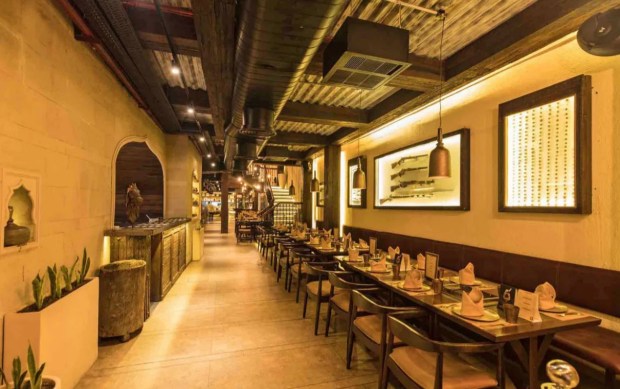
Moreover, we keep innovating at a frantic pace to keep in touch with our guests and consumers. We try to ensure that the consumer is always served something that is ‘demonstrably different’ from what the regular eateries or bars dish out. We are not a factory or QSR…therefore 80% of our menu is different and is curated by chefs who understand the consumer.
What are the things you keep in mind while preparing your menu?
The menu is the most important part of the business and it cannot be static. It has to keep evolving to keep pace with the changing palate of the consumer. Every new dish that we put on the table goes through several rounds of testing and tasting by experts who then approve of it appearing on the menu. The menu is a showcase of our culinary skills and we never compromise on it. The two things we keep in mind while creating our menu are:
1. How can we make the dish ‘demonstrably different’ or magical?
2. How do we curate a memorable dining experience?
How do you deal with competition?
From the day we are born till the day we leave this world, we are constantly competing. Competing for resources, attention, the share of the property, and whatnot. The trick lies in rising above the rat race to chart a path less travelled. It all depends on how you define your enemy. Netflix says sleep is its enemy, Coke says thirst is its enemy, and Google says ignorance is its enemy. I believe in being a trailblazer and not a copy-paste artist.
We all live in an era of guiltless indulgence and instant gratification. QSR is the mantra of the industry that believes in overnight ROIs. Investors want their monies to multiply from the day they sniff an opportunity. BHPL is an anti-thesis to the fast-food drama. We do things in a way that doesn’t weigh heavy on our consciences. Right from the beginning, we were clear that the purpose of our company is to create memorable guest experiences …as it stems from our philosophy of ‘Atithi Devo Bhava’. We treat our guests as royalty if not God.
What are the hardships that you deal with as a restaurateur?
The pandemic taught us tough lessons. Most restaurants fold up within a year because the owners feel the front end is 75% of the game and the back end is 25%. Without effective control mechanisms in place, most of them falter. At BHPL we believe that the front end is only 25% while the backend is 75%. Efficiency and control is the real game changer. Our system gives us a P&L for each of our properties daily. Each concept has its EBITDA calculations, which is in sync with our expectation but is much higher than industry standards.
The hardships for any restaurateur are as follows :
1. Understanding the fussy Indian palate and providing a great authentic experience
2. Getting trained / skilled professionals to deliver an outstanding product and service
3. Maintaining a high level of hygiene at the backend
4. Balancing taste and nutrition without compromising on either
5. Getting the price-value equation right
6. Going beyond vanilla offerings
7. Providing an outstanding dining experience
How do you deal with creativity blocks?
Whenever I’m stuck with a problem I either reach out to my think-tank or hop on my bike and drive out of the city. Riding on my Harley is meditative as the fresh air opens up my mind to new possibilities. Books are another source of inspiration for me so I step into my library with a coffee or a mug of beer.
I don’t have an office as each of my restaurants is my workspace where I quietly observe my team at work or my guests having a good time. These are pure osmosis sessions where I soak in everything and put my notes down which I discuss with my think-tank.
What’s next? What are you treating us with now?
At BHPL we want to create a chain of experiential delights across the country. We are clear that until and unless we have a powerful concept, we will not open another restaurant. We’re currently toying with a dozen ideas and we hope to convert at least half of them into reality in the next 1000 days.
The G.T.Road and Ikk Panjab are two properties for which we get the maximum queries from international parties as it caters to a huge diaspora. Having visited most of the Indian subcontinent restaurants across the world, I believe that The G.T. Road and Ikk Panjab are leagues ahead in product, concept, and execution. cater to the Punjabi and Sindhi communities across the world. UK, Canada, and the USA are three big opportunity zones for us and we’re in the process of tying up with partners whose dreams are aligned with our ambitions.
We have a dozen fresh concepts on the table which we are very excited about. But first I want to leverage my existing brands before I embark on a new brand. The next 100 days are very important to us as a few new spaces will be up and running. Our innovation pipeline is packed until 2026 and we’re sure that Indian cuisine will give a lot of international cuisines a run for their money. We will be announcing our international plans soon! But one thing is certain, we will continue to set new benchmarks and never compromise on consumer experience. The consumer is God for us and we exist to serve them!

